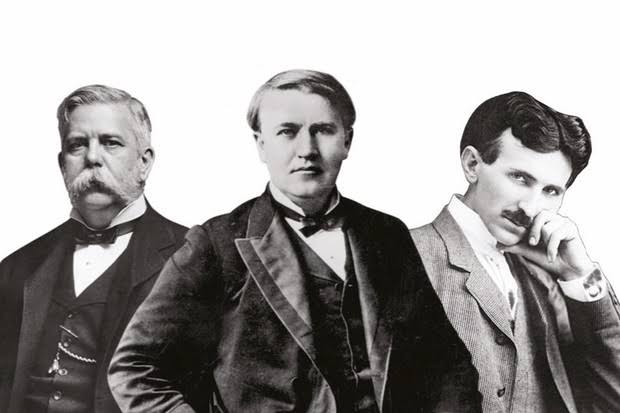Did you know about the time Thomas Edison went on an electrocution jag, publicly frying dozens of animals to death as a publicity stunt, including a circus elephant? Or the time petty scammers got carried away with a con, lost control, and had things snowball into a human sacrifice cult? Or the time a president was overseeing a parade, and saluted his approaching assassins in the mistaken belief that they were part of the show? History has no shortage of such bizarre, batty, fascinating, but lesser known details. Following are forty things about times when history took a turn for the bizarre and batty.

40. Thomas Edison’s War Against Alternating Current
Today, alternating current (AC) lights up our homes and workplaces, and powers up our appliances through wall sockets. AC is relatively cheap, and its high voltage allows it to be transported long distances. The other main current, direct current (DC), is relegated mostly to batteries. However, there was a time in the 19th century when the issue was still undecided, and powerful interests fiercely competed to decide whether AC or DC would dominate the world.
AC had been invented by Nikola Tesla, and was supported by George Westinghouse, who pushed it as the best means to bring electricity to the masses. On DC’s side was Thomas Edison, who had developed it to power his light bulb. There was serious money at stake, so Edison launched a smear campaign against AC, on grounds that it was unsafe and deadly. He would go to great lengths to make his point.

